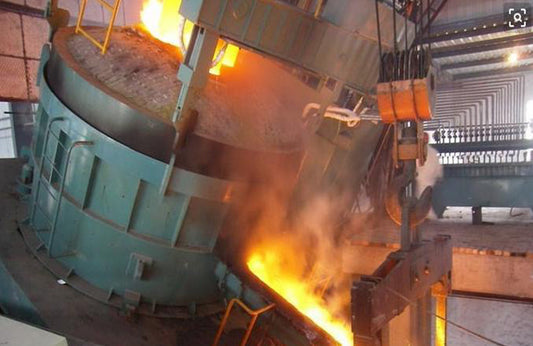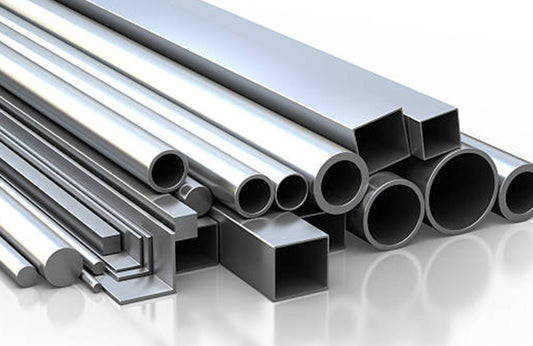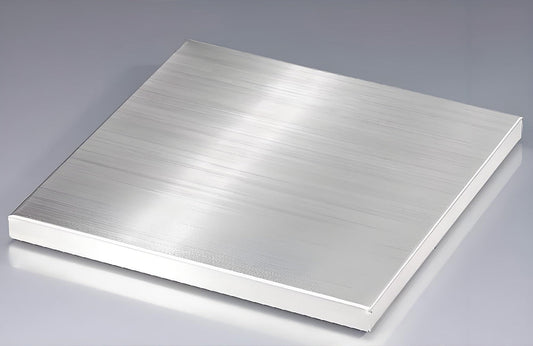
Understanding ASTM Standards for Stainless Steel Sheets
For engineers, procurement managers, and fabricators working with stainless steel sheets, ASTM standards are not just guidelines—they are the bedrock of reliability in high-stakes applications. Whether you’re sourcing sheets for a nuclear power plant’s containment vessel or a pharmaceutical cleanroom, misinterpreting ASTM specs can lead to catastrophic failures. Let’s dissect these standards with the precision your projects demand.
1. ASTM Decoded: Beyond the Basics
ASTM International’s standards are engineered to eliminate ambiguity. For stainless steel sheets, they define:
- Chemical Composition: Not just “18% Cr, 8% Ni” (304), but permissible tolerances (e.g., Cr: 18–20%, Ni: 8–10.5%).
- Mechanical Properties: Yield strength (≥205 MPa for 304), elongation (≥40%), and hardness (Rockwell B ≤92).
- Corrosion Resistance: Passivation requirements (ASTM A967) and testing protocols (e.g., ASTM G48 for pitting resistance).
Why This Matters:
In a recent nuclear project, using sheets compliant with ASTM A240 316L (vs. non-certified “316L”) prevented chloride-induced stress corrosion cracking (CISCC) in reactor cooling systems.
2. Critical ASTM Standards for Sheet Metal Professionals
ASTM A240 (Chromium and Chromium-Nickel SS Plate/Sheet/Strip)
- Key Clauses:
- Table 1: Chemical composition limits (e.g., 316L requires Mo 2.0–3.0%).
- Table 2: Mechanical properties (e.g., 304: Tensile strength ≥515 MPa).
- Supplementary Requirements: Optional tests like intergranular corrosion (IGA) per ASTM A262.
ASTM A480 (General Requirements for Flat-Rolled SS)
- Surface Finish Classifications:
- No. 4 (Brushed): Ra 0.4–0.8 μm – ideal for food processing.
- BA (Bright Annealed): Reflectivity >80% – critical for semiconductor cleanrooms.
- 2B (Cold-Rolled, Annealed): Default for industrial applications.
ASTM A666 (Austenitic SS Sheet/Strip)
- Cold-Worked Grades: For applications requiring enhanced strength (e.g., 304H for high-temperature stability).
3. ASTM vs. EN/JIS: A Technical Cross-Examination
Case in Point: A European client needed sheets compliant with both ASTM A240 and EN 10088-2 for a cross-border LNG project. We provided dual-certified 316Ti sheets with:
| Parameter | ASTM A240 | EN 10088-2 | JIS G4304 |
| Carbon Content | ≤0.08% (304L) | ≤0.07% (X2CrNi18-9) | ≤0.08% (SUS304L) |
| Testing | Hardness (HRB) | Impact (Charpy) | Ferrite Content (%) |
| Traceability | Heat Number Required | EN 10204 3.1 Certificate | JIS Mark Certification |
Mo: 2.5% (meeting ASTM’s 2.0–3.0% and EN’s ≥2.5%).
FN (Ferrite Number): 5–12 (per EN 10088-3).
4. Avoiding Costly Errors: Advanced Compliance Strategies
Scenario 1: High-Temperature Applications
- Wrong Choice: 304 sheets (ASTM A240) in a furnace exceeding 800°C.
- Failure: Sigma phase embrittlement due to prolonged exposure.
- Solution: Switch to 309S (ASTM A240): Higher Cr/Ni (23/13%) resists scaling.
Scenario 2: Marine Environments
- Pitfall: Using 316 sheets without verifying Mo content.
- ASTM A240 Requirement: Mo ≥2.0%.
- Reality Check: Some offshore suppliers deliver “316” with 1.8% Mo.
- Fix: Demand mill test reports (MTRs) with ICP-OES analysis.
5. Forensic Compliance: Validating Your Sheets
1. Chemical Analysis:
- Method: Optical Emission Spectroscopy (OES) per ASTM E1086.
- Red Flag: Carbon >0.03% in 316L (invalidates corrosion resistance).
2. Microstructure Testing:
- ASTM E112: Grain size assessment – critical for weldability.
- ASTM E562: Ferrite content (avoid δ-ferrite in austenitic welds).
3. Certification Audits:
- Third-Party Verification: SGS/BV to cross-check MTRs.
- Blockchain Traceability: QR codes linking to ASTM compliance data.
Your Partner in Precision: Why We Lead
As an ASTM-certified supplier, we go beyond paperwork:
- Technical Support:
- Material substitution analysis (e.g., 904L vs. 316L for sulfuric acid).
- Finite Element Analysis (FEA) for sheet forming simulations.
- Inventory:
- Over 200 grades, including specialty alloys (254 SMO, AL-6XN).
- Custom shearing to ±0.1mm tolerance (ASTM A484 compliant).
- Risk Mitigation:
- On-site failure analysis (SEM/EDS for fracture surfaces).
If you have any questions, please feel free to contact us



